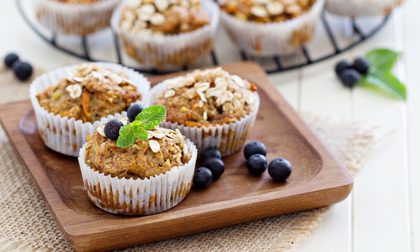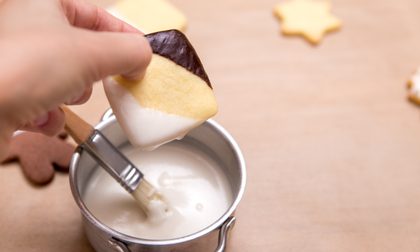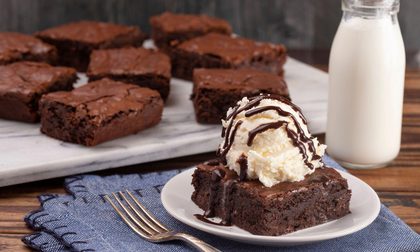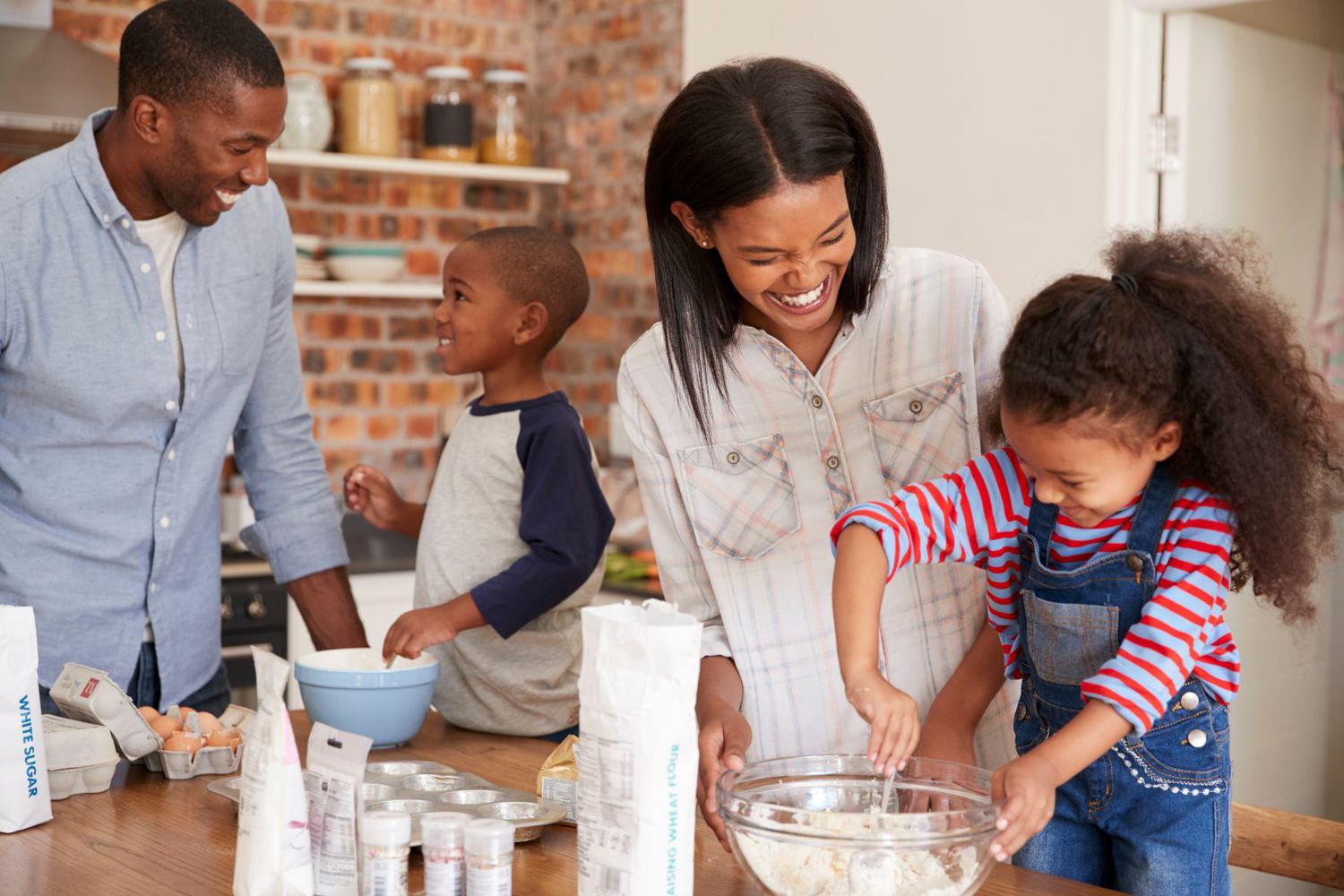Baking is both physical and mental therapy
Baking makes us feel happy, enthusiastic, more relaxed (sometimes!) and it’s even better for little ones.
Whether it's a rustic one-bowl banana bread, some sweet fairy cupcakes or a polished Swiss meringue, baking is a fantastically therapeutic activity for all of the family to get involved in. As well as being an entertaining pastime, baking is an activity that is rich with physical and cognitive development opportunities for young children.
Fine Motor Skills
On This Page
The development of motor skills is best done by repeating natural actions that come about by everyday activities, such as doing up buttons, opening lunch boxes and turning the pages of a book. During baking, we constantly use our hands for different aspects of the bake. Children can help to chop, mix, squeeze, spread and pour ingredients which tests their hand-eye coordination. By kneading, rubbing, creaming and whipping, they will strengthen their different muscle groups and practise their control.
Communication
There is a constant stream of general chit-chat during a baking session, but you can also actively encourage types of language. Teaching positional language will build on your child’s ability to accurately give instructions and follow them. You can use actions and baking equipment to support their understanding. Introduce early mathematical language to develop their skills in numbers, shapes, space and measurements. They will see and hear lots of numbers during a baking session too. Of course, whilst baking, it’s easy to encourage descriptive language as your little one sees, hears, feels, smells and tastes the ingredients. You can also play with alliterative and onomatopoeic language. It’s great for pre-readers to encourage awareness of sounds and just as good for readers to help with descriptive writing and understanding.
Types of Language in Baking
Positional or directional language: on, in, over, beside, under, top, bottom, left, right
Early mathematical language: more, less, heavy, light, big, bigger, biggest
Descriptive language: boiling, bubbling, freezing, soft, sweet, fluffy, crumbly, refreshing
Reading & Writing
Often, learning basic comprehension skills can be rather dull or unexciting for children when they are taught alone, but during the conversation of baking they sit very comfortably. Little ones who may be unwilling or even too shy to sit and read in a formal setting may be eager to ‘help’ read the recipe. Recipe books are also a great place for children to learn how to read an index, follow written instructions, recall information and retell instructions in their own words. You could also make them responsible for choosing a recipe and writing a shopping list for the ingredients, which is a great way to practise their reading and writing skills. Depending on their age, you could help sound out the ingredients. If you have visitors who will be eating your delicious baking, older children may enjoy writing about their bakes using descriptive and persuasive language.
Mathematics

Every recipe includes exposure to mathematical language and of course, sums. Often you are required to double or halve ingredients to create larger or smaller quantities, and when we weigh ingredients, we need to add and subtract. There is also constant language around time, weight, volume, mass and density. Even something as simple as an oven temperature can help younger children understand larger numbers.
Science
In many ways, baking is simply a chemical reaction that brings about a tasty result! The process of baking requires all the skills of an aspiring scientist. Children may see baking as a simple way of conducting an experiment, since throughout a baking session, we follow instructions, make careful measurements, observe everything closely and record the results. What’s more, there are many fun reactions in baking that children can witness, such as dough rising.
Patience and Perseverance
Not only does baking teach physical and cognitive skills, but it also helps children to develop emotionally. Baking requires patience. We must wait for the dough to rise, for the timer to ‘ding’, and even to eat the end result. These simple things teach children to learn to wait. They can enjoy finding other activities to do in the meantime, or (even better) help you tidy up the kitchen! Perseverance is also a key aspect of baking. Mistakes will be made, and baking can teach children that that is fine, and it doesn’t mean you should give up. If, or rather when, a bake goes wrong, you simply need to reinforce that they can always try again and next time they will know not to make the same mistake. Also, when the bake goes well next time, they will learn to be persistent.
Sense of Achievement
By working on a task that produces a delicious result that they can enjoy and share with friends and family, little ones will feel a genuine sense of achievement and a real confidence boost. Of course, it’s important to remember that if a child lacks confidence, it’s better to start off with a simple and easy-to-follow recipe.
Adult's Role
- Ensure safety protocols are in place and teach children about safety along the way.
- Handle food in a sanitary way and enforce proper hand washing procedures.
- Adequate parent to child ratio to ensure safety.
- Actively engage children in conversation.
- Support children by describing what to do.
- Pose questions to encourage conversation (e.g. where do specific ingredients come from? What does this feel/smell/taste like?).
- Make observations for children to think about.
- Model positive behaviours.
- Ask probing questions to encourage children to think logically and problem solve.
Suitable Recipes
When choosing a recipe to bake with children, it’s important to choose one that is developmentally appropriate. Make sure the recipe isn’t too complex for young ones, but also try to introduce new skills. Find a recipe that will allow a child to be hands-on in a safe way. For example, refrain from a recipe which involves handling boiling hot liquids and excessive use of sharp kitchen tools. Try incorporating seasonal or local produce that can be found in gardens or at the local farmer’s market. These whole foods are healthy and good for the environment, and shopping for them is another enjoyable experience to be done together. Lastly, we all love a naughty treat, but it’s a good idea to choose a recipe that promotes healthy food choices so they can learn about what’s good for their bodies.
Recipe Inspiration

Carrot & Oat Muffins
Perfect for young ones! A great snack and lunch box idea.

Double-dipped Shortbread Cookies
A fun bake with a few more skills. A lovely little treat!

Gooey Brownies
Great for bakers of all ages. They’re delicious served warm with vanilla ice cream!





